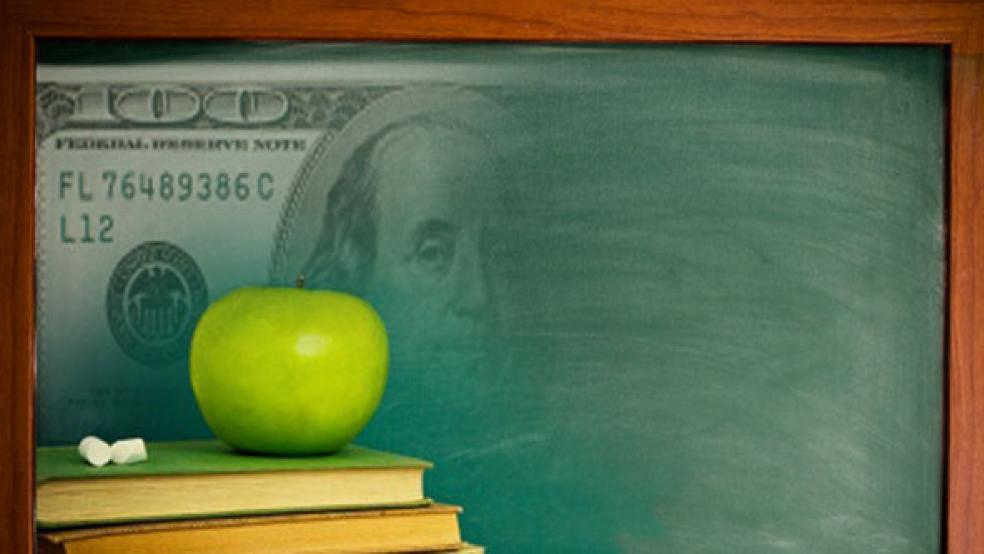The widening achievement gap between rich and poor students in America is threatening the country’s global competitiveness, says a new report from the Council on Foreign Relations.
While U.S. per-student spending is on par with other developed counties for K-12 classes, and above average when it comes to higher education, that spending is distributed inequitably, with more money going to higher-income schools and students, according to the “Renewing America Progress Report and Scorecard” . Most other developed countries base public school funding on school enrollment, while the U.S. funds its schools via property taxes drawn from the local community.
“The challenge for the U.S. education system is to reverse the growing link between income and achievement and push more low-income and disadvantaged minority students through high school and on to postsecondary education – all while keeping already high education costs and postsecondary tuition under control,” writes report author Rebecca Strauss.
RELATED: How Gov’t Student Loans Ruined College Education
The United States is the only developed country in which the generation entering today’s labor market is less educated than the one leaving it. Among those ages 25 to 34, the country ranks 10th for high school graduates and 13th for college graduates – but for those ages 55 to 64, the country ranks first for high school grads and third for college graduates, according to the report.
The findings are no surprise to Kevin Welner, director of the National Education Policy Center at the University of Colorado Boulder – he agrees with the report’s recommendations that the U.S. should invest more in community colleges, which serve a higher proportion of lower-income students, and in early childhood education. About 75 percent of U.S. four-year-olds currently attend pre-K programs, with half of them in free or subsidized programs.
“Students learn when they have opportunities to learn,” Welner says. “When we cut back on those opportunities or we inequitably distribute them, achievement shortfalls and achievement gaps are the logical outcome.”
According to the report, low-income students are more concentrated at colleges and universities where per-pupil spending and graduation levels lag behind other schools.

Almost 70 percent of high school graduates enroll in postsecondary education, but nearly half the students will not have graduated six years later. “We do a great job of getting kids to college, but we fail miserably at getting them through college,” says Elaine Weiss, an education policy expert with the Economic Policy Institute. “The inability to help students finance college is another thing that puts us at a competitive disadvantage.”
RELATED: How a College Education Can Close the Income Gap
Meanwhile, the income gap among those with and without a college degree continues to grow, and U.S. job growth is forecast to be stronger for those with a postsecondary degree. “To the extent that labor markets now transcend national borders, the international competition for those high-value knowledge jobs will only grow fiercer,” Strauss writes.
The report finds that education policy changes already enacted by the Obama administration have done little to help the neediest students. “New debt forgiveness and tax breaks have tilted a game field that was already in favor of wealthier students even more so, all at a cost to taxpayers,” writes Strauss.
Strauss recommends policy changes that would instead focus on programs that reward students or institutions for on-time degree completion, and require that colleges make post-graduation earnings and debt repayment numbers public for prospective students.





